Bridges speaks with talented young painter, Mizuki Nishiyama, on what it means to be “Haffu,” and how her mixed-Japanese heritage inspires her visually stunning, deeply expressive art.
Bridges: Can you tell us about your multi-layered identity and how it inspires your work?
Nishiyama: For the longest time, I have been introducing myself as a mixed-Japanese individual. To me, identity and culture is so complex yet basic. Instead of calling a practice “very Chinese” or “very Italian,” etcetera, I’ve noticed myself assimilating like-minded ideas across cultures that are just simply values.
My father is Japanese, my mother is from Hong Kong, and they’ve both spent a big part of their lives in Italy. I was born in Hong Kong, attended Canadian International School of Hong Kong, moved to New York to attend Parsons School of Design, and now I live in London whilst completing my Masters of Fine Arts at Central Saint Martins.
Fundamentally, my parents raised me with a lot of Japanese values, and stories. I would say my
Japanese side has been a bigger influence, growing up. Nevertheless, I started diving into Japanese themes within my art to further understand my ancestry, cultural mannerisms, socio-politics of traditional and contemporary Japan, and so on. This became somewhat of a veneer for me to grab on to; perhaps fundamentally, I felt ashamed of not being “Japanese” enough, to fully comprehend this experience. In boxed terms, I’m not “full enough” (full Japanese), and I’m stereotypically “Haffu” (the mix-race Japanese community). I somehow float in between; in between light and dark, in the gray areas of which I find more and more enticing.
How would you describe the Hong Kong art scene?
The Hong Kong art scene is versatile. In my experience, the local Hong Kong art scene is quite underground. There seems to be a massive dichotomy between the glamour of blue chip art vs underground in Hong Kong. I think there are opportunities for local artists to exhibit as well as converse, but the reachability for example on global terms still seem to be moving on a slower pace.


I’ve spoken to several artists in Hong Kong, and it seems to be a consensus that space within the city is a big issue. Each city has its own pros and cons, but as an artist myself, I do admit that in cities like New York or Paris, there seems to be more opportunities for artists such as painters, poets, musicians to confidently utilise embrace as a community.



Nevertheless, Hong Kong is an extremely welcoming place. I feel like there is also a dichotomy between the local and expat community. But that is easily mended by simply giving more heart into the possible language barrier or perhaps reservations in cultural differences. I feel like I am allowed to voice and experience Hong Kong simply the way I am. I recognise that I call myself mixed Japanese perhaps as a way to reclaim my absence in Japan, and the fact that being Hong Kongnese is essentially the fusion of culture itself.
Is there a specific environment or material that’s integral to your work?
I would say variety is extremely important as an artist. It sounds somewhat greedy. Painting itself is already quite a narcissistic practice in my opinion. I recognize that a lot of my works stem from elements that are about myself, wh
That is what makes art so meaningful. The dedication and personalisation one can embrace with this practice, can fuel it with so much power and meaning. In a way, I’ve been safe zoning myself with paint on canvas. After a while, it becomes a practice I am familiar with, and I know how to attack it and triggering human elements within myself to correlate. It’s a very immediate and tactile experience where I move my entire body and self-sufficiently create whatever it is that appears later on with all my might. There is something extremely powerful and majestic about it.
In terms of working pace, I need both positive and negative time. I call positive time the experiences that add on to my practice. Formulating to attack certain ideas, grabbing the paint brush, actively seeking out a destination etc.; it is purposeful to say the least. And negative time is when you just be. I grew up in the city, and I found comfort having a rapid pacing. I burnt quite often, and also felt like the art that I created in those moments to not be enough. Being in Japan, and around things related to Japan, gives me space and time to heal in a certain way. I would say that is the “Japanese-ness” I tap into as I create.
What are your favourite things about Japan and your trips there?
I would typically go back one to two times a year back to Japan in the Kansai area. My Japanese side is quite traditional. I would say up until I was 18, my experience was very much within the boxes, traditional, familial, and ritualistic to an extent.
I’m really proud of and curious about my lineage. And, whenever I get to learn more about Japan—especially different philosophies, literature and classical arts—it makes me feel closer to something I wish I had a stronger platform and understanding in. However, perhaps that pull and closer inch after each revelation is what makes this process ever more enticing.
Creating has helped me understand death, life, love, pain, and most importantly this weird sweet and sour feeling about life that seems to always be lurking in the corner in life.
Mizuki Nishiyama
I also absolutely love Japanese food; I’ve been trying to learn from my great grandmother’s cookbook (her handwritten recipes in Japanese were passed down to me). Being able to cook Nibitashi no Nasu (Braised Eggplant) was one of the proudest moments I’ve had. It brought me back to her house, our legs inside the Kotatsu (Traditional blanketed heated table), my grand uncle showing us his latest water color paintings while we munched on grilled Mochi, or sipped on my grandmother’s homemade Shiso juice. Being Japanese is extremely visceral, and I think the practice of discovering identity and first/third culture essentially shapes the flavour and texture one inherits as a person but also reflected within their art as well.
How would you compare some of your earlier work with the works that you’ve been working on more lately?



My work has slowly become looser. I’m happy about that. I think it is due to my shift of environment. I returned to Asia from New York during Covid, and now shifting to Europe, I feel like the structure and direction of my work has expanded again.


I’ve recently decided to also be a sculptress. I have a fascination in black smithing, casting, and installation work. In a few weeks’ time, I am going to be casting my own head, and making a bronze mould. I need to do a lot more research on the different types of metal! I have a good friend who is metal jeweller, and I’m excited to see how the materials she works with could help shape my understanding of this new medium. In addition, to metal, I want to incorporate Japanese organic fibres within these busts. I will continue to work on my abstracted figurations on canvas, but leaning more towards knife work. I want texture to bring the conversation forward.
Where has your art taken you and where is it taking you next?


I recall being in the studio recently, and noticing how excited my nerves were getting when I felt fuelled with ideas. My mind started racing; trying to figure out how to execute it. Then, the more abstracted ideas like my state of mind, philosophies, and flavours start intermingling. I recognise that as life. It is my life source. I don’t want to constrict myself anymore especially with medium and representation. I used to be so adamant on oil on canvas, but I feel the shackles slowly coming off.



Creation and introspection has taken me in to dark places, but also helped me out of them. Creating has helped me understand death, life, love, pain, and most importantly this weird sweet and sour feeling about life that seems to always be lurking in the corner in life. Not everything is completely black and white, and that is another aspect I like to explore in my work, which is the 裏 “Ura” (the back, inside, underneath, or the shadow), and how it juxtaposes with light. I am fuelled at the moment, to continue experimenting with what sculpting and painting can conjure. Hopefully, a better understanding of the world and myself.






